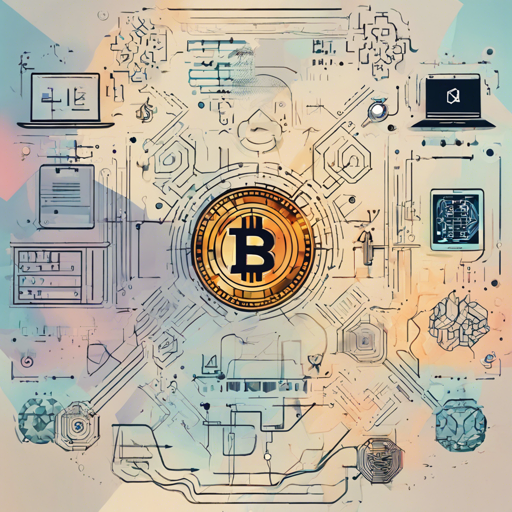The world of software licenses can feel like a labyrinth, especially with the introduction of new licenses such as the Cryptographic Autonomy License (CAL) Version 1.0. This guide aims to simplify the core aspects of CAL 1.0, making it accessible for everyone from developers to regular tech users.
What is the Cryptographic Autonomy License?
The Cryptographic Autonomy License is a type of software license that grants users permission to use, modify, and distribute the software freely. However, this license uniquely focuses on maintaining the autonomy of users and protecting the rights of both developers and end-users. You will often find this license associated with specific phrases indicating its terms. Some of the common notices include:
- “Licensed under the Cryptographic Autonomy License version 1.0”
- “SPDX-License-Identifier: CAL-1.0”
- “Licensed under the Cryptographic Autonomy License version 1.0, with Combined Work Exception”
- “SPDX-License-Identifier: CAL-1.0 with Combined-Work-Exception.”
Getting Started with CAL 1.0
To utilize the software under the CAL 1.0, you must first agree to its rules. Think of it as entering a dance floor: you can move freely, but you still need to follow the rhythm and rules of the dance. By taking actions that would otherwise violate the intellectual property rights of the original creator, you automatically accept the conditions laid out in this license.
Key Permissions and Obligations
The CAL version 1.0 offers diverse permissions while imposing certain responsibilities:
- You can freely modify the software while protecting the rights of the original creator and contributors.
- If you share a modified version, you’ll need to allow others to use and modify it too.
- The license emphasizes protecting the autonomy of users who receive the software from you.
Analogy: The Recipe Book
Imagine the CAL 1.0 as a special recipe book. You are allowed to take a recipe (software), modify it (make changes), and share it with friends (distributing). However, there are some important rules:
1. You need to give your friends the original recipe (source code) to ensure they can remake it if they want.
2. If you invent a new dish (modified software), you must let your friends cook it freely too.
3. If they don’t know how to make it and ask you for help, you can’t hide any ingredients (user data) or methods (functionality) from them.
Troubleshooting Issues with CAL 1.0
If you face challenges while using software under the CAL 1.0, consider the following troubleshooting steps:
- Ensure that you are in compliance with the license conditions; failure to do so could revoke your permissions.
- Check that you are providing proper user access to the source code and updater notes.
- Verify whether any modifications you made are documented and shared appropriately.
For more insights, updates, or to collaborate on AI development projects, stay connected with fxis.ai.
Final Thoughts
As we continue to navigate the evolving software landscape, understanding licenses like CAL 1.0 becomes increasingly crucial. It empowers users while respecting the hard work of developers. At fxis.ai, we believe that such advancements are crucial for the future of AI, as they enable more comprehensive and effective solutions. Our team is continually exploring new methodologies to push the envelope in artificial intelligence, ensuring that our clients benefit from the latest technological innovations.

